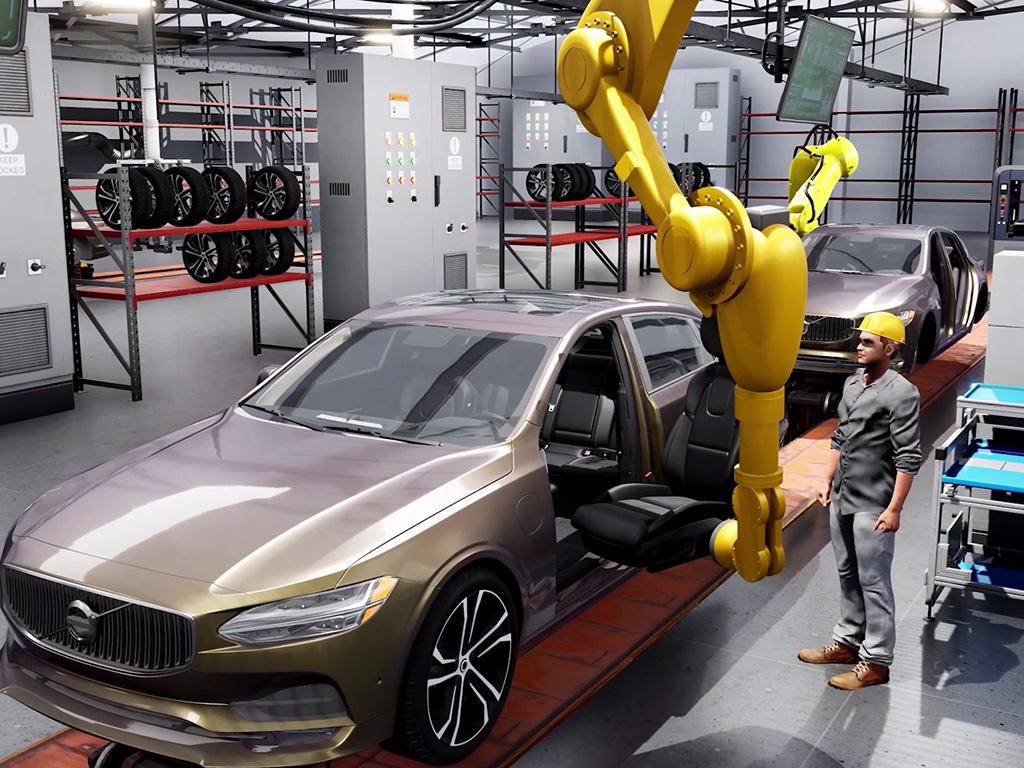Recently came across two articles that talked about the advantages of virtual reality and the metaverse in the field of education. Was discussing this over a cup of coffee with a friend, a rather skeptical friend who happened to say, “But that would not be learning. It would be more of entertainment.” Little did this friend realize that this little ‘entertainment’ factor could be the biggest positive factor of this medium of learning. Don’t we all love to have a little entertainment in life? And if that entertainment can become a source of knowledge, that would be an icing on the cake.
What makes VR effective in education?
When it comes to discussing the effectiveness of VR in education, there are some very significant points that come to mind, and each one proves to be equally important from the learners’ as well as the trainers’ perspective. Imparting knowledge, delivering information, understanding concepts, and absorbing knowledge becomes more effectual and efficient.
A little note here. Let us consider these ‘education sessions’ as experiences and ‘students’ as participants.
Entertaining: It is like participating in a game. Strap on a headset and step into a virtual world. Get a 360-degree view of the environment, observe up-close (scenarios, environments, persons, animals, geographic locations, world in past times . . . this can go on), perform activities, and take a stroll.
First-hand experience: Being part of an environment means gaining first-hand experience. This might not always be possible in real-life circumstances. There can be limitations of time, space, resources, feasibility, and various other factors. VR overcomes these limitations and creates realistic environments to help participants gain valuable experiences. It could be an experience of the American Civil War or a visit to the Antarctica.
Distraction-free: A young mind is bound to wander off and be tempted by distractions. This adversely affects learning and knowledge retention. When it comes to the VR headset, it eliminates all forms of distractions and provides a participant with 100 percent engaging experiences. Be it a demonstration of the types of energy or a study of the formation of a glacier.
Learner-centric: The ultimate audience of every VR learning material is the learner. The trainer is only involved in the creation of the content and thereafter goes backstage. Once the participants strap on their headsets they are the masters of their learning journey. Due to this reason, every VR learning material is designed with the view of keeping it learner-centric, giving the participants full control over their learning. They can learn at a pace comfortable to them, helping them make the most of every bit of information and knowledge.

A medical procedure like intubation when practiced in VR provides a risk-free environment helping learners learn from their mistakes and build confidence in the procedure.
Do we have any limitations in VR
As regards the creation of learning material and mimicking possibilities of environments and scenarios, there are hardly any limitations. With a team of talented and experienced creators, any scene and object can be created, even fictional ones. However, there are other factors that can be considered to be limitations, for now.
Affordability: Without beating around the bush, let us accept this fact that in the current circumstances, VR is still not very accessible. We know the various benefits it carries by not all users are able to access a VR headset. Affordability is one major reason for this.
Penetration: Until VR headsets come within the affordable ranges of average income families the penetration is not going to be very high. However, let us not forget that there was a time when mobile phones were considered very expensive. Today it is not uncommon to see a person carrying two mobile phones. The same can be the case with VR headsets. It is just a matter of time.
Awareness: It is true that VR is gaining popularity day-by-day but it still has some distance to travel before awareness of this medium spreads vastly and becomes widely acceptable. There is a lot of content being created for VR and some of the leading companies are using it as a means of training and development and universities and schools are also gradually including VR as a means of education.
Cumbersome: No doubt, VR is very effective but how long can one wear a heavy headset on the face, especially children? The bulky headset will be cumbersome for long time use. Till smaller and lighter headsets are not made possible, micro learning sessions can be the best bet for learning in VR.

Skills like car assembly need practical experience and when practiced in VR learners get to understand better and apply the acquired skill effectively and efficiently.
Technology is constantly evolving. Who had imagined that there would be a time when two persons could communicate face-to-face from opposite ends of the globe, in real-time? Virtual reality, or VR as we call it, is another emerging technology. What started off as entertainment is now being heralded as one of the most effective means of learning and development. The range of this audience is vast – from school children to experienced professionals. A scroll through my LinkedIn feed also echoes the same sentiment and it will not be long before the advantages outweigh the limitations making VR accepted in education far and wide.
Contact Us to create engaging and immersive online learning content or to know more about our immersive architecture.



